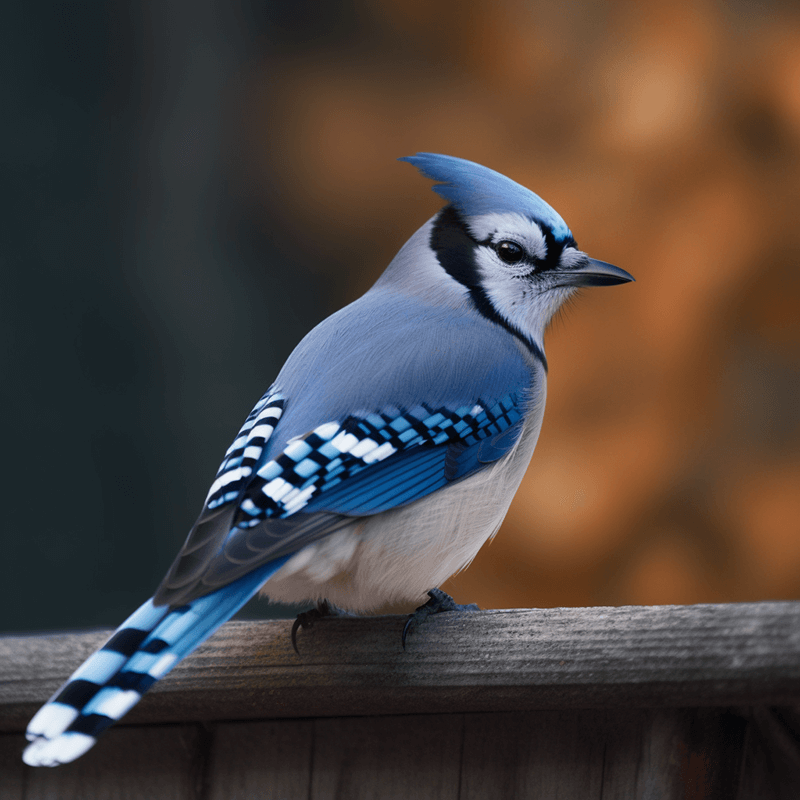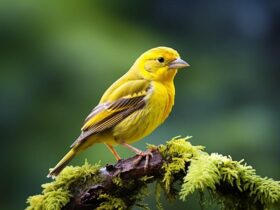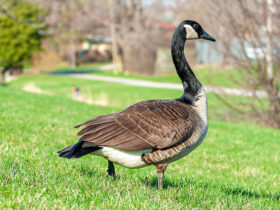Blue Jay Overview
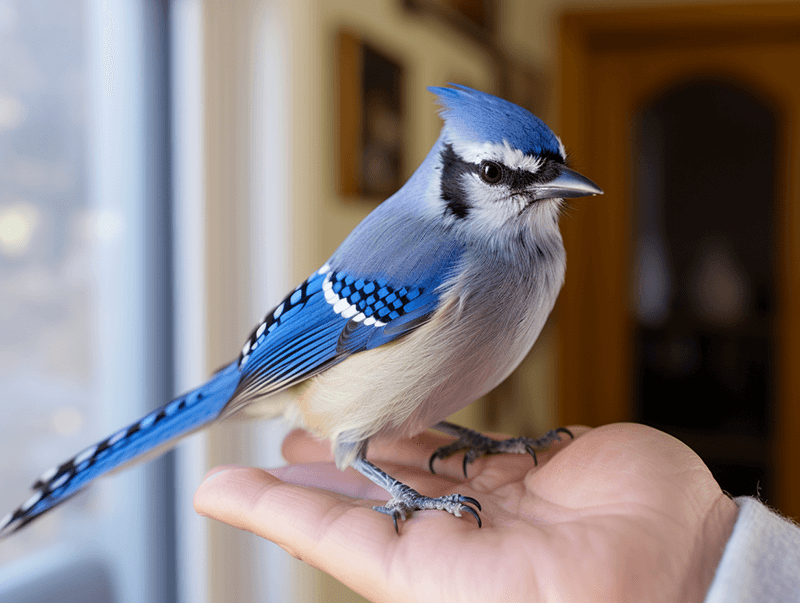
The Blue Jay, scientifically known as Cyanocitta cristata, is a vibrant and intelligent bird that graces the North American skies with its striking blue plumage and distinctive crest. Its beauty and energetic nature make it a favorite among bird enthusiasts.
Temperament
The Blue Jay is known for its assertive and bold temperament. These birds are highly vocal and communicate through a variety of calls, including loud squawks and mimicry of other bird species. They are also territorial and will fearlessly defend their nesting areas.
Characteristics
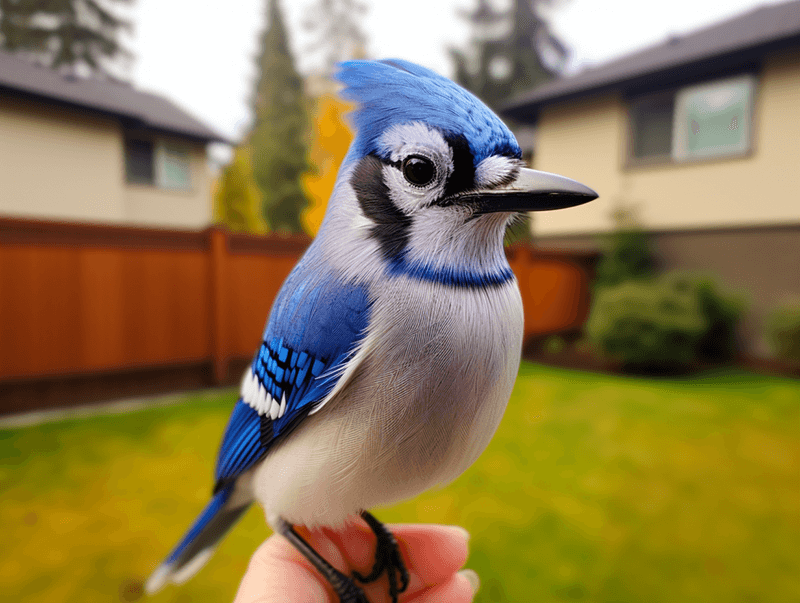
The Blue Jay boasts a stunning combination of bright blue feathers on its wings, back, and tail, with white underparts. It features a black collar around its neck and a signature crest atop its head. Their beaks are sturdy and designed for cracking open nuts and seeds, which form a significant part of their diet.
Blue Jay Size & Weight
Blue Jays are medium-sized birds, measuring around 9 to 12 inches (23 to 30 centimeters) in length. They have a wingspan of approximately 13 to 17 inches (33 to 43 centimeters). On average, Blue Jays weigh between 2.5 to 3.5 ounces (70 to 100 grams).
Blue Jay Colors
The Blue Jay’s vibrant blue plumage is one of its most striking features. The intensity of their blue coloration varies depending on lighting conditions.
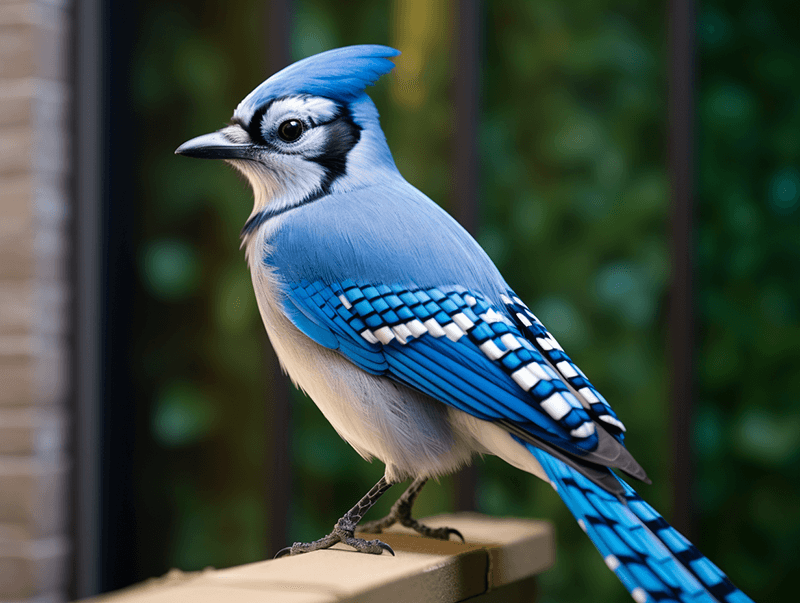
Their wings and tail feathers have prominent white patches, creating a striking contrast against the blue. Additionally, their black facial markings and crested head give them a unique appearance.
Lifespan
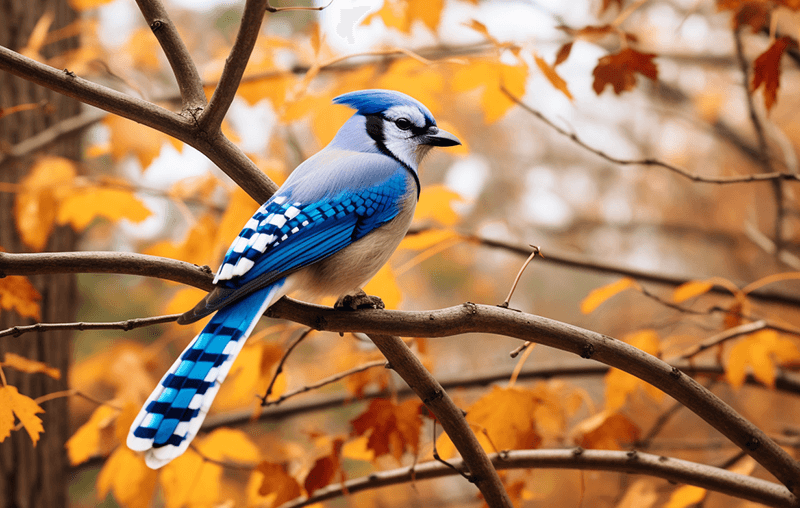
In the wild, Blue Jays have an average lifespan of around 7 years, although some individuals have been known to live for up to 17 years. These birds are adaptable and can survive in various habitats, including forests, parks, and suburban areas.
Ideal Owners
While Blue Jays are wild birds and not suitable as pets, birdwatchers and nature enthusiasts can provide a welcoming environment for Blue Jays in their yards.
By offering food sources such as bird feeders filled with nuts, seeds, and suet, and providing water sources, individuals can attract these delightful birds for observation and enjoyment.
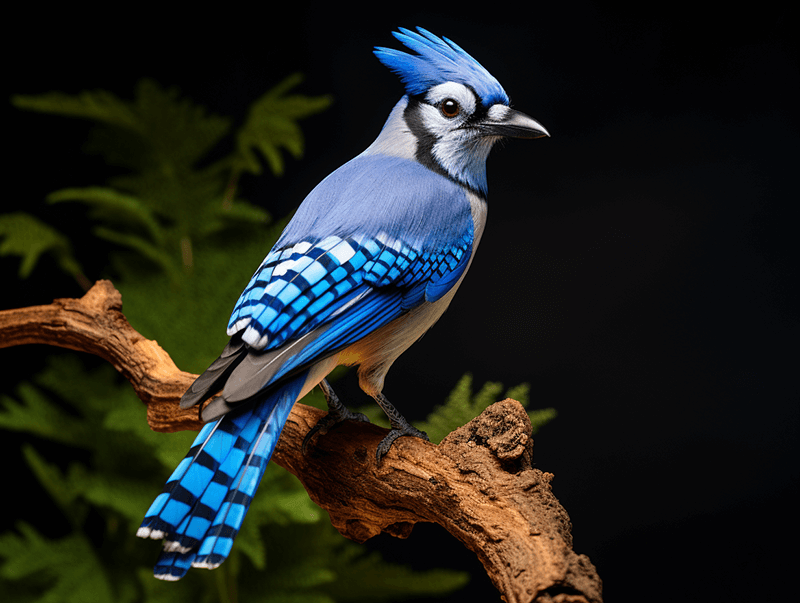
History
Blue Jays have long been admired for their striking appearance and distinctive calls. They are native to North America and have been an integral part of the region’s ecosystems for centuries. These birds play a crucial role in seed dispersal and insect control, making them valuable contributors to the ecosystem.
Blue Jay Facts
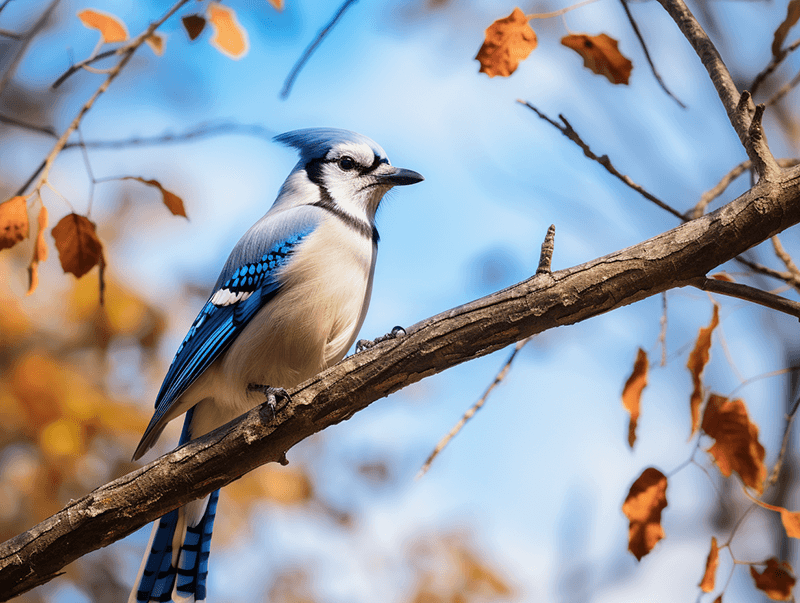
- Blue Jays are highly intelligent and have been observed using tools, such as manipulating sticks and using them to extract food.
- They are skilled imitators and can mimic the calls of other bird species, as well as imitate human sounds and even the meowing of cats.
- Blue Jays are known for their ability to cache food. They hide and store acorns, nuts, and seeds in various locations, helping them survive during times of scarcity.
- These birds are social and often form small flocks, especially during the non-breeding season.
In summary, the Blue Jay is a captivating bird that enchants us with its brilliant blue plumage, spirited behavior, and vocal talents. Let us continue to admire and protect the Blue Jay, ensuring that future generations can enjoy the beauty and wonder of this remarkable species.
